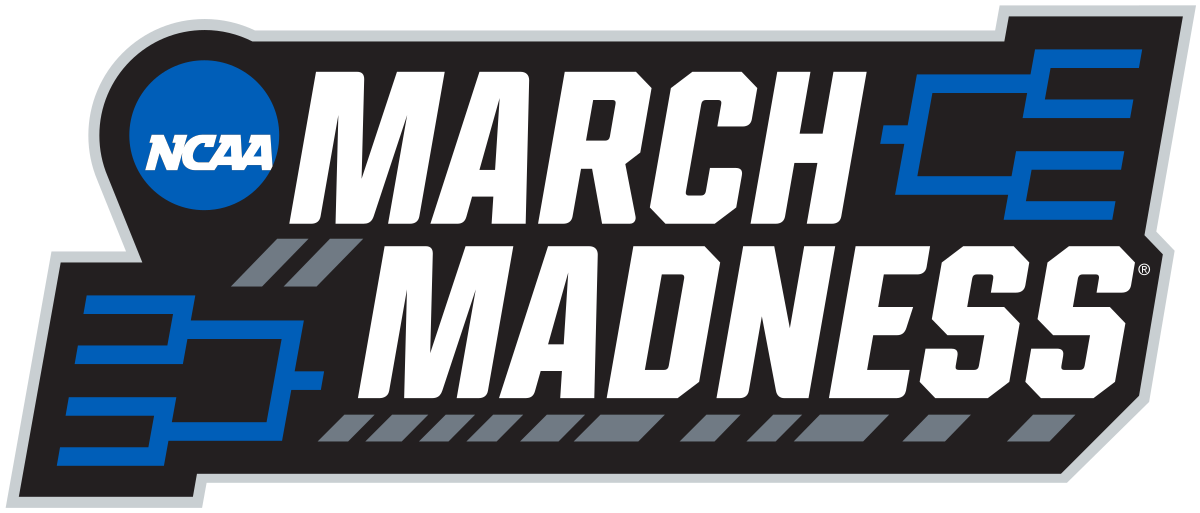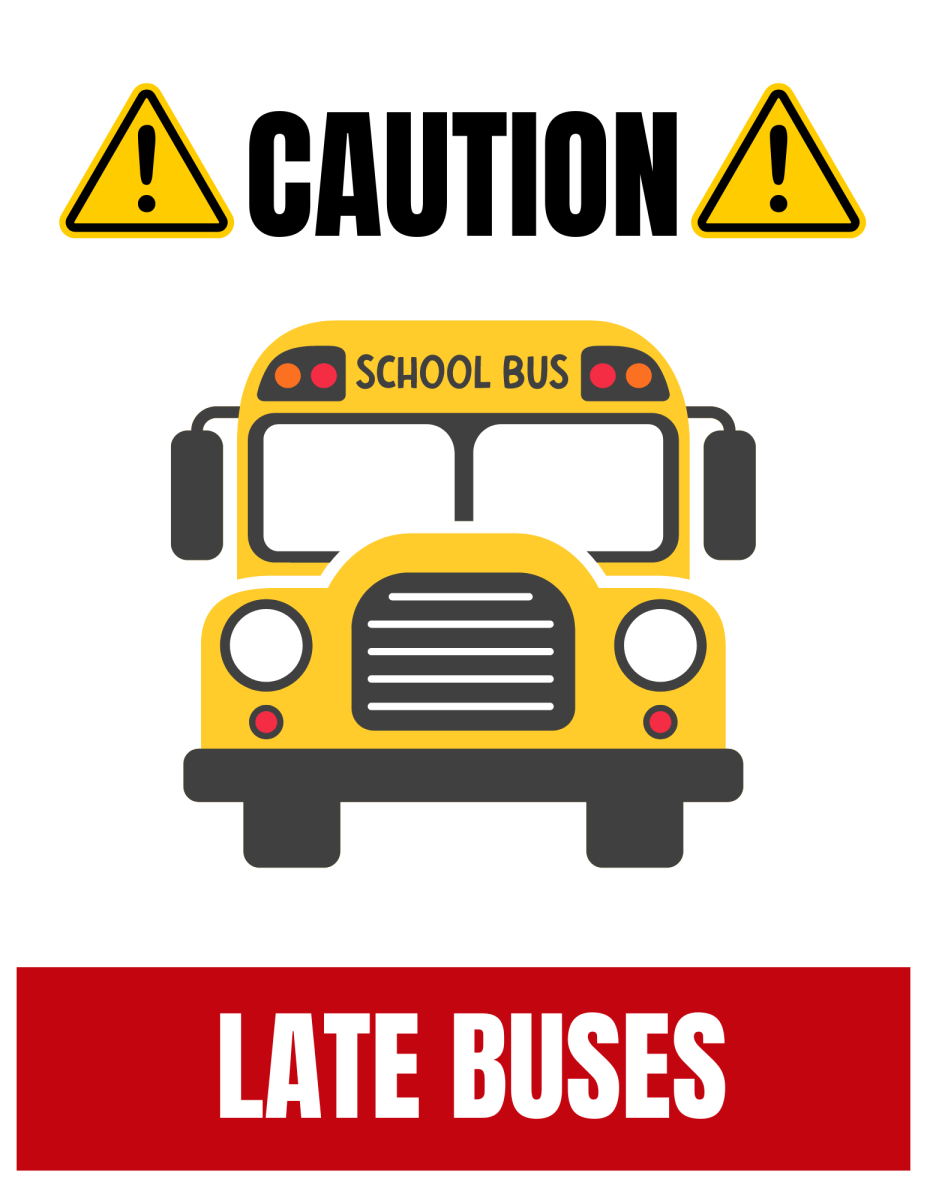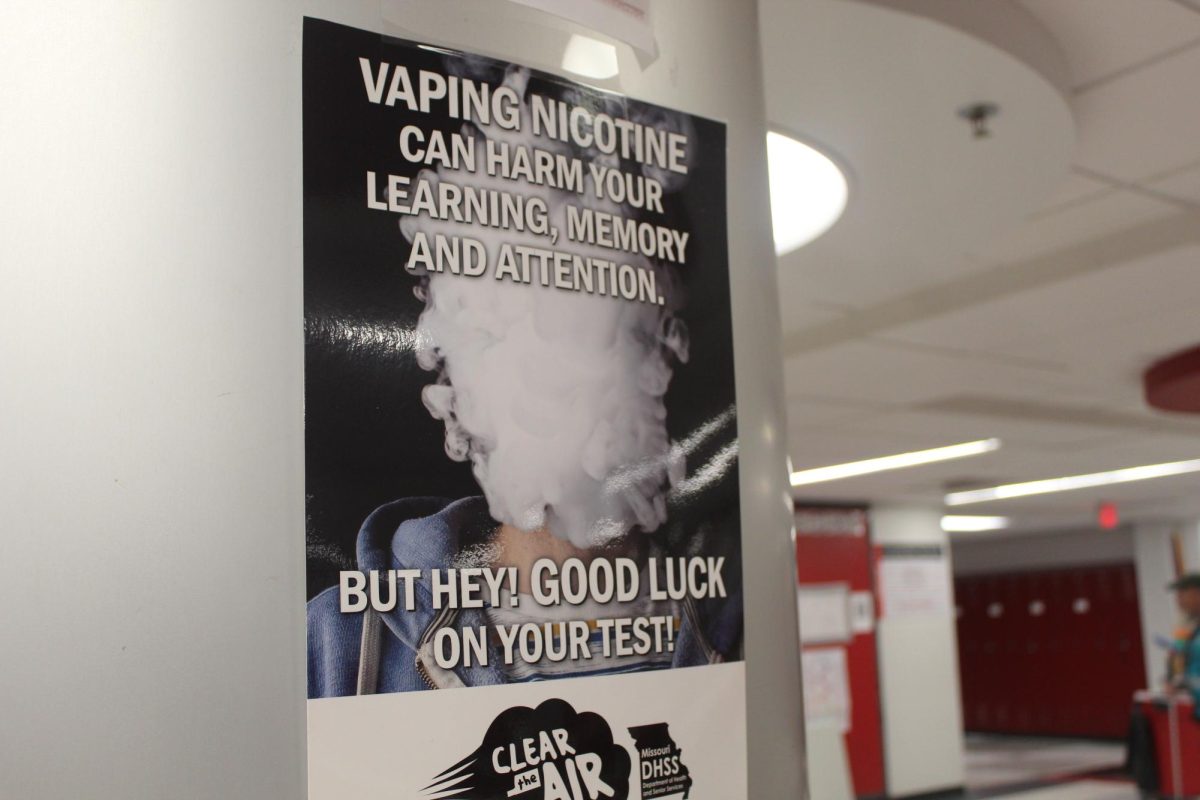On April 20, 2024 clouds of smoke accompanied UC Berekely students at Memorial Glade Park, for their annual celebration of marijuana. As Berekely holds its reputation for its highly competitive GPA with an average of 3.9 for its student body, the juxtaposition of these renowned intelligent students and the use of drugs becomes shocking to the traditional eye. UC Berekely isn’t the only one that is known for the active indulgence of drugs. On a list displaying Colleges With The Most Students on Drugs, the top five consist of U Colorado Boulder, Purdue, UC Santa Cruz, Michigan State, and Penn State all of which sit alongside UC Berekley for its exceedingly competitive reputation.
While these are highly respected colleges that continue to hold their own, there are still lasting impacts of the use of drugs on their students. For instance, an article by UAB Medicine states that there is a lasting impact on the adolescent brain as it leads to psychosocial problems such as forming relationships with others and having a healthy self-concept as well neurocognitive deficits having trouble remembering or even interacting with others. High school students specifically become key victims of these effects as the brain continues critical development during this time. An article by Turnbridge expands on this fact as they share findings from The Drug Enforcement Administration (DEA) with research linking teen substance abuse to poor academic performance. It states, “These experts cite lower grades, higher rates of absence, and dropping out as common effects of drug abuse in high school.”
When taking a look at West High, some of its top-performing students are found to indulge in substances. With an average participation of three to four times a week, these students still find themselves to be heavily involved in and outside of school, marking themselves as key members of the West High community. These students average a 3.9 GPA with its highest holding being a 4.3 and its lowest a 3.7. Despite sharing their ability to continue to excel within school, they admit to the impacts that come with participating in drugs. Students note a positive experience as they note, “Yes, they allow me more focus and tune out all distractions.” Another states, “I feel it improves my creativity and helps me get my work done.” They also admit to a negative experience stating, “I’m sleepy a lot of the time but I feel it helps me throughout the day.” Or completely contradicting responses stated admitting “I tend to not focus on the things I need to focus on.”
Among the top-performing students, a significant subset chooses not to engage in drug use. Actively involved in the West Community, they uphold an admirable average GPA of 3.9. While maintaining a clear stance against drugs, some acknowledge their consumption of coffee, despite its classification as a stimulant. This reliance on stimulants may suggest an inadvertent dependency, while also indicating difficulties with stress management, occasionally resulting in the use of crying or sleeping as coping mechanisms.
As society grapples with the normalization of drug use, particularly among youth, it’s imperative to address the root causes and provide support mechanisms for students navigating these complex issues. By fostering open dialogue, promoting healthy coping mechanisms, and offering resources for substance abuse prevention and intervention, communities can work together to mitigate the impact of drugs on academic success and overall well-being.

































